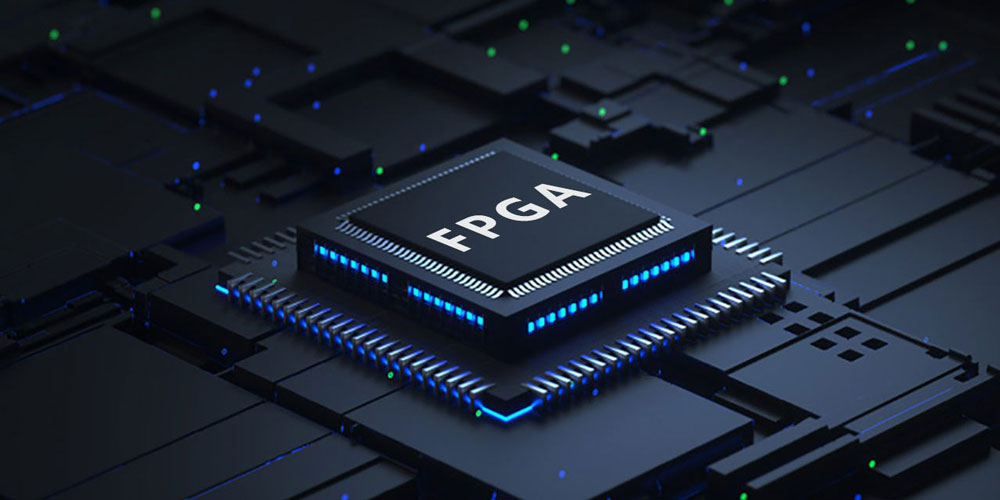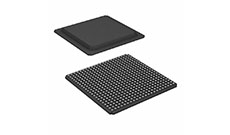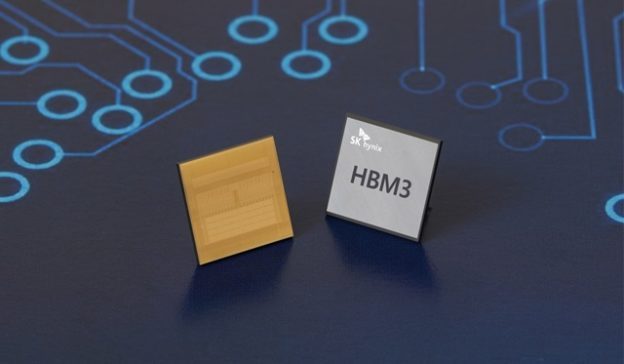Micron Plans to Build a Factory in Japan, NAND Flash Prices May Remain High
Micron Plans to Build a New DRAM Factory in Japan, Introducing EUV Lithography
According to reports from Japanese media cited by Kuai Technology, American chip giant Micron Technology plans to build a new factory in Hiroshima Prefecture, Japan, to produce DRAM chips. It is said that the factory could be operational as early as the end of 2027. Micron Technology is expected to invest between 600 and 800 billion yen (approximately 5.1 billion USD) in this project. The new factory will begin construction in early 2026, equipped with EUV (extreme ultraviolet) equipment.
Micron originally had plans to build a factory in Japan, with initial expectations for the new factory to be operational by 2024. However, the plan was temporarily shelved due to poor market conditions at the time. With the chip market rebounding, especially with the surge in DRAM demand driven by the AI boom, Micron Technology has revived this plan. In 2013, Micron acquired the former DRAM giant Elpida and has more than 4,000 engineers and technical personnel in Japan.
Silicon Motion General Manager: NAND Flash Prices Could Remain High for the Entire Year
According to the Taiwan Economic Daily News, Gou Jiazhang, General Manager of flash memory controller giant Silicon Motion Technology, stated that AI has led to a significant surge in memory demand. NAND manufacturers, including SK Hynix, Kioxia, and Western Digital, are cautious about expanding production. It is expected that NAND prices could remain high throughout the entire year.
Gou Jiazhang pointed out that in the AI era, Silicon Motion will be an AI enabler alongside major NAND manufacturers, module manufacturers, cloud service providers, and server manufacturers. Since March, the market has seen noticeable demand for QLC flash memory. The rising prices of NAND flash have boosted manufacturers' gross margins. Manufacturers will be very cautious about expanding production until their targets are met, as tight supply benefits them. It is expected that production capacity will only gradually increase in the second half of the year to avoid missing out on AI business opportunities.
CAICT: Domestic Mobile Phone Shipments in April Increased by 28.8% Year-on-Year
According to IT Home, the China Academy of Information and Communications Technology (CAICT) released the latest data showing that in April 2024, domestic mobile phone shipments reached 24.071 million units, a year-on-year increase of 28.8%. Among these, 5G mobile phone shipments were 20.232 million units, a year-on-year increase of 52.2%, accounting for 84.1% of the total mobile phone shipments during the same period. Shipments of smartphones reached 22.668 million units, a year-on-year increase of 25.5%, accounting for 94.2% of the total mobile phone shipments during the same period.
From January to April this year, domestic market mobile phone shipments reached 91.486 million units, a year-on-year increase of 12.3%. Among these, 5G mobile phones accounted for 76.665 million units, a year-on-year increase of 18.3%, making up 83.8% of total mobile phone shipments during the same period. Smartphone shipments were 86.441 million units, a year-on-year increase of 10.3%, accounting for 94.5% of total mobile phone shipments during the same period. The number of new smartphone models launched was 93, a year-on-year decrease of 29.0%, accounting for 71.5% of the total number of new mobile phone models launched during the same period.
TrendForce: Estimated Second Quarter MLCC Shipments to Increase by 6.8% Quarter-on-Quarter to Reach 12.345 Billion Pieces
According to the Sci-Tech Board Daily, based on observations by TrendForce, it is expected that the first quarter MLCC shipments in 2024 should be close to the trough of the past three quarters. In the second quarter, except for the steady growth in AI server demand in ODM orders, other consumer electronics face low demand due to traditional seasonal tender projects.
Overall, benefiting from the support of orders from AI servers and although demand for ICT products does not see high growth from festive stocking, it is still maintaining low growth compared to the first quarter, gradually stabilizing capacity utilization rates. Therefore, it is estimated that MLCC shipments in the second quarter will increase by 6.8% quarter-on-quarter to reach 12.345 billion pieces, simultaneously driving a slight growth in second-quarter revenue.
iPhone Price Cuts Yield Significant Results, Shipments Surge by 52%
According to Kuai Technology, Apple's largest-ever price reduction strategy in the Chinese market has achieved significant results. According to the latest data, iPhone shipments in the Chinese market increased by 52% year-on-year in April. Although iPhone shipments in the Chinese market had declined in the first two months of this year, they already showed growth in March.
Analysts point out that with increasing consumer interest in upgrading to new devices, the downward trend of iPhone sales in the Chinese market may be coming to an end. The survey found that more than half of respondents expressed willingness to spend over 4,000 yuan (approximately 550 USD) on their next phone. In contrast, currently, only 33% of respondents are using high-end phones.
Infineon Launches 400 V Silicon Carbide MOSFET Series for AI Servers
Infineon recently announced the launch of the new CoolSiC MOSFET 400 V series. This product line is developed for the AC/DC stages of AI servers and is also an ideal choice for solar and storage systems, inverter motor control, industrial and auxiliary power supplies, as well as solid-state circuit breakers in residential buildings.
Compared to existing 650V SiC and Si MOSFETs, the new series features ultra-low conduction and switching losses. In multi-level PFC, the AC/DC stage of AI server PSUs can achieve a power density of over 100 W/in³ and has been proven to reach an efficiency of 99.5%. Engineering samples of the CoolSiC MOSFET 400 V series are now available, with mass production set to begin in October 2024.
 A Comprehensive Guide to Grasping FPGA Structure6/20/2024 377
A Comprehensive Guide to Grasping FPGA Structure6/20/2024 377FPGA (Field-Programmable Gate Array) is an integrated circuit, a type of programmable chip, that allows engineers to program custom digital logic. It can change its hardware logic based on the program, with the primary purpose of enabling engineers to redesign and reconfigure their chips faster and cheaper, whenever they want. However, nothing in the world is ideal, and FPGA chips also have limitations!
Read More > The EU to Impose Tariffs on Electric Vehicle Imports from China in Early July6/17/2024 263
The EU to Impose Tariffs on Electric Vehicle Imports from China in Early July6/17/2024 263The EU to Impose Tariffs on Electric Vehicle Imports from China in Early July
Read More > What is XC7A100T-2FG484I?6/6/2024 297
What is XC7A100T-2FG484I?6/6/2024 297XC7A100T-1CSG324C is an FPGA-based digital signal processing board, which consists of Xilinx's Virtex-7 series chips and FPGA interface chips.
Read More > Analog cycle inventory hits bottom, AI drives flash memory demand to continue6/4/2024 394
Analog cycle inventory hits bottom, AI drives flash memory demand to continue6/4/2024 394Analog cycle inventory hits bottom, AI drives flash memory demand to continue
Read More > HBM production capacity is squeezing out-DRAM memory may be in short supply in the second half of the year5/28/2024 320
HBM production capacity is squeezing out-DRAM memory may be in short supply in the second half of the year5/28/2024 320HBM production capacity is squeezing out, DRAM memory may be in short supply in the second half of the year
Read More >
Hot News
- Diode Overview: Application in Automotive Alternator Rectifiers
- Voltage-Controlled Oscillator: Principle, Type Selection, and Application
- Ultra-low power consumption of STM32U575/585 microcontrollers(MCU)
- Electronic Component Symbols: Resistor, Capacitor, Transformers and Connectors
- The Best Guide to Transistor
- Basic Information about Temperature Sensor















